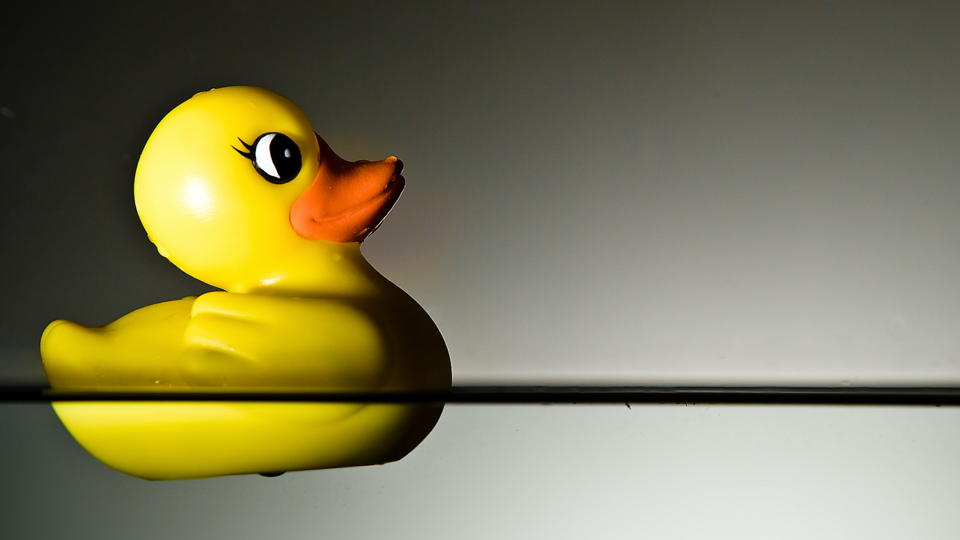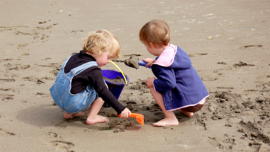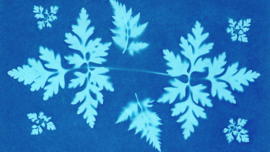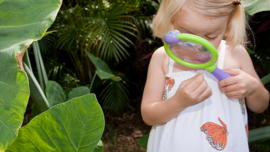Will it float?

Move over, rubber ducky. We're testing our science skills in the water.
You'll Need
- Bucket or bowl
- Items that will float
- Items that will sink
Time
30 minutes
Learning Stages
Here's an experiment that's fun for the lake or pool, but works just as well at home when you need an indoor activity.
Fill a tub or bowl with water and collect items made from different materials, some that you know will float and some that will sink. Some examples are: plastic spoon, plastic toys, wooden boat, wooden block, pencil, stainless steel spoon, nail and paperclip. Pick up the items one at a time and ask your child if he thinks it will float or sink. Then let him put the item in the water to test his theory.
As you test each object, make two piles: things that float and things that sink. Based on the fact that some objects float, does your child think the other objects made with the same materials will also float? What do the things that float have in common? What do the things that sink have in common? Will the floating objects float every time? What if there is more or less water in the tub?
Help your child understand that some things are lighter than water and some are heavier—but weight isn’t the only factor. This activity encourages your child to experiment, predict and draw conclusions—essential science skills.
Differentiate the learning based on your child's age and level of understanding.












